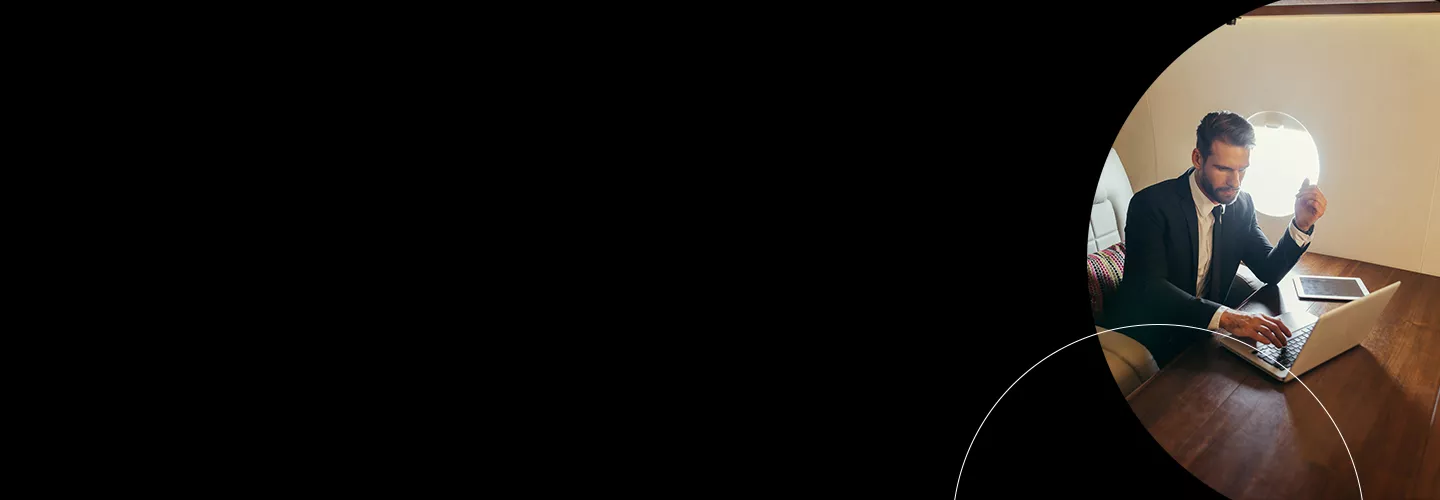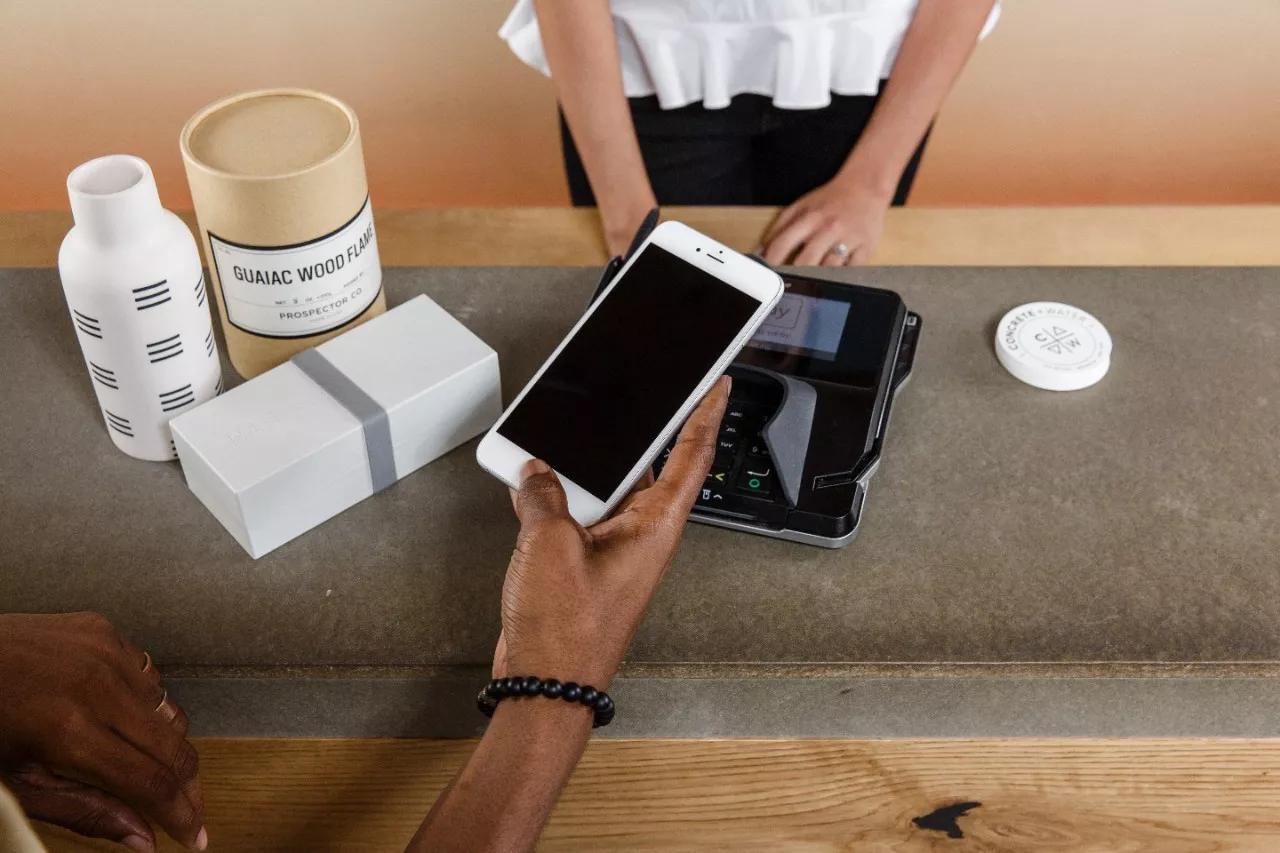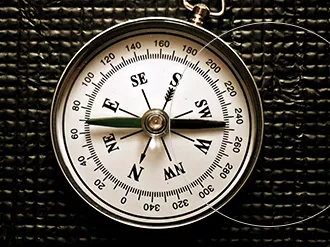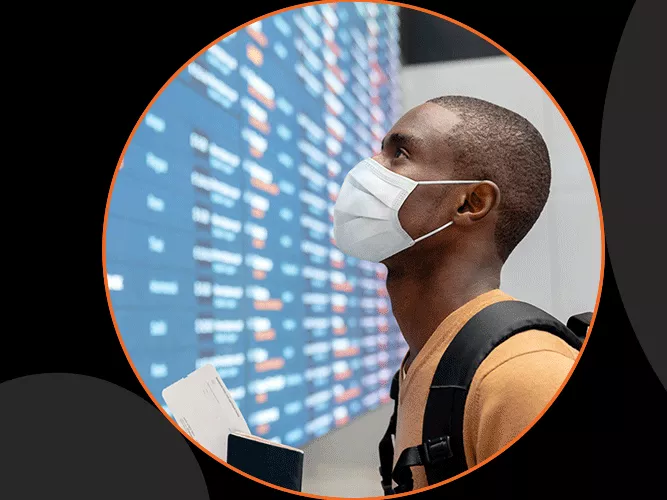Published: October 13, 2020 | Updated: June 18, 2025
Read time: 5 minutes
Let us imagine the world has left behind the worst of Covid-19. No doubt, life has changed, and governments, companies and individuals are adapting to a “new normal.”
Our Chronicles series will help readers understand what is likely to be different in a post-Covid-19 world. We will also look at how players in the payments ecosystem are already adapting today to successfully emerge from this unprecedented shock to the economy and our daily lives.
This week we are focusing on new ways for banks and retailers to engage with customers and which of the Covid-inspired trends could potentially endure. Sudden changes in the way we live and work, sparked by lockdowns and heightened concern over infection control, have transformed daily habits. And businesses have had to respond.
Mastercard spoke to over 150 of our banking and retail clients worldwide to understand their challenges, changing consumer behavior and how they adapted to keep serving their customers. What we consistently heard was companies are innovating to survive and remain relevant.
Here are some key takeaways from those conversations:
Today’s Challenges and Business Responses
Many companies are under pressure because of Covid-19 and the immediate dip in consumer demand and almost complete shutdown in multiple sectors earlier this year. Global lockdowns forced some businesses to close their doors forever. Others have re-opened but with limited hours.
Many companies, particularly retailers and restaurants, are navigating additional challenges since reopening, including additional staff shortages for health reasons and customers who may be wary of returning to social settings.
Financial services firms also face new credit risk challenges, given the uncertainty of how long restrictive measures may be in place and the outlook for potential recovery. Meanwhile, some international borders remain closed, which continues to hurt the economies of countries reliant on tourism and business travel.
"Some of our clients have been quicker to respond to the changing environment, including adjusting customer acquisition strategies, how they interact with existing customers and their operating models."
Some of our clients have been quicker to respond to the changing environment, including adjusting customer acquisition strategies, how they interact with existing customers and their operating models. Their actions hold some clear lessons for banks and retailers about dealing with the uncertainty and engaging with customers.
Acquiring New Customers
Lockdowns have impacted the traditional ways that banks and retailers acquire and engage with customers, such as in-person interactions within bank branches and brick-and-mortar stores. Even phone lines are less staffed than normal.
This has hastened efforts to acquire and onboard customers digitally. Some banks are increasing their social media marketing to interact with consumers, including a bank in Latin America, offering the full credit application process through Facebook.
Meanwhile, many retailers set up online and delivery operations for the first time, which gave them a different way to attract customers seeking safety and convenience. Retailers making this digital shift were supported by service providers that helped small businesses orchestrate workflow, online payments, delivery and returns. The strategy has helped keep many retailers afloat since consumers have become accustomed to transacting online. Touchless options are increasingly an essential part of doing business and a customer expectation.
Servicing Existing Customers
The pandemic has had wide-ranging impacts on personal finances, with new challenges for people affected by lay-offs and furloughs. The issuer response has been greater personalization, segmentation and intervening where appropriate to waive charges or authorize deferrals.
It also required a strong communications plan to reassure customers and make them aware of the financial services available to them as these evolve. Some issuers have also amended their credit card value propositions, especially where there was a previous focus on travel rewards.
Some card issuers have allowed loyalty program redemptions for daily purchases and marketing campaigns with non-travel partners as the economy re-opens. This has been popular with cardholders and is important for boosting revenue and long-term loyalty.
Adjusting the Operating Model
Rapid changes in public health and customer demand have posed dilemmas for retailers and banks attempting to keep operations running smoothly. Some employees have taken a leave of absence or have had to self-isolate. Customers’ needs have also shifted, with banks, as one example, experiencing more requests for temporary pauses in card payments.
Some financial institutions have responded by adjusting employee roles. For example, we have seen some financial clients move their branch employees to call-center operations, allowing banks to cover absences and meet demand where it is most needed. We have also seen adjustments in branch hours and greater automation to reduce workloads through technology like chatbots.
Retailers have experimented with opening fewer stores and offering customers additional options, such as more collection points for online orders. The potential long-term consequences of these changes depend on how many customers eventually return to brick-and-mortar stores. It could result in fewer physical stores, but it also suggests a more adaptable approach to serving customers.
Lessons Learned
Most of these trends existed before Covid-19 but have accelerated due to the pandemic. As a result, the reasons to act are stronger than ever. We recommend the following:
- Be flexible. All of the responses from our clients were based on businesses identifying customer behavior and quickly adapting. A willingness to make changes and test new processes and then make data-driven decisions will help drive innovation.
- Shift to a digital-first model. With ongoing physical distancing requirements, businesses that offer compelling ways for customers to interact with them online and through mobile devices are likely to capture a greater share of wallet.
- Increase reliance on predictive analytics. Using available data to analyze and understand customer needs will help banks and retailers offer relevant products and protect profitability.
- Listen to customers. Businesses that have responded fastest have all done so based on receiving customer feedback, understanding their immediate requirements during Covid-19 and potential concerns around previous business norms.
These Covid-19 responses are just a sample of best practices, and what suits each company will vary. For more guidance on adapting to the evolving customer needs within your business, reach out to Fabrizio Burlando or Raul Escribano. To read more Chronicles of the New Normal blogs, please visit our Expert Insights page.











